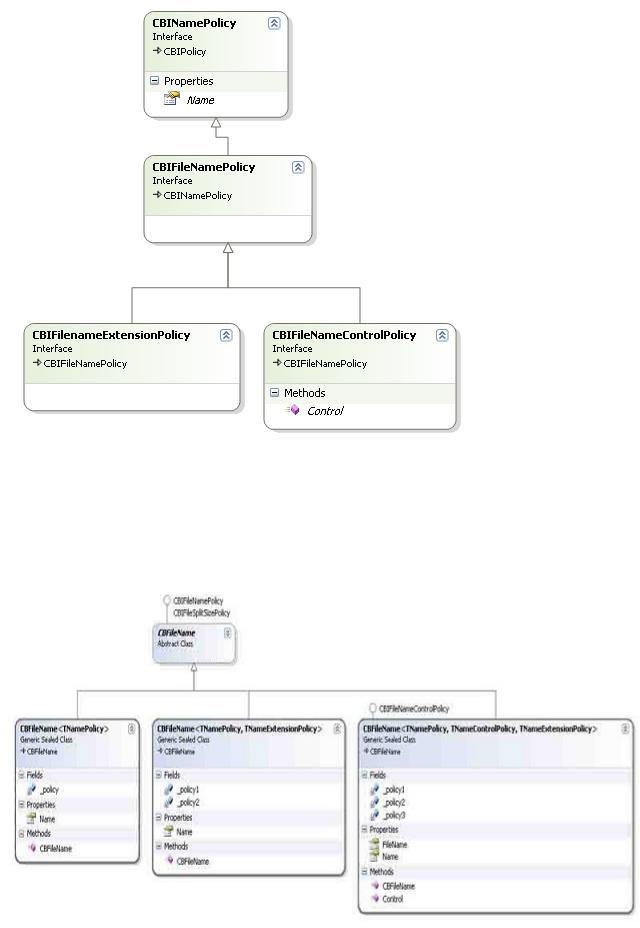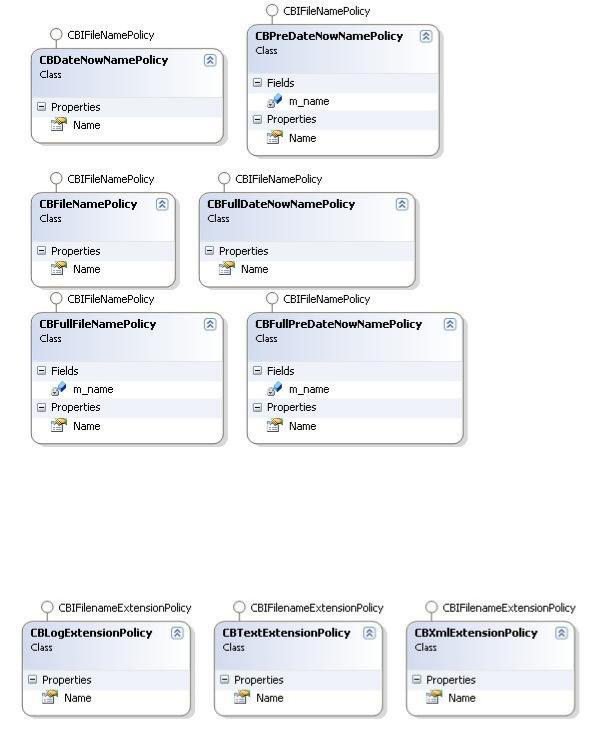
- •Вступление
- •Порождающие шаблоны проектирования
- •Использование
- •Перечень порождающих шаблонов
- •Абстрактная фабрика — Абстрактная фабрика
- •Цель
- •Плюсы
- •Минусы
- •Применимость
- •Структура
- •Пример реализации
- •Builder — Строитель
- •Цель
- •Плюсы
- •Применение
- •Структура
- •Пример реализации
- •Factory method — Фабричный метод
- •Цель
- •Структура
- •Плюсы
- •Минусы
- •Пример реализации
- •Lazy initialization — Ленивая инициализация
- •Достоинства
- •Недостатки
- •Пример реализации
- •Object pool — Объектный пул
- •Применение
- •Переполнение
- •Примеры
- •Ловушки
- •Пример реализации
- •Prototype — Прототип
- •Назначение
- •Применимость
- •Структура
- •Пример реализации
- •Singleton — Одиночка
- •Цель
- •Плюсы
- •Минусы
- •Применение
- •Структура
- •Пример реализации
- •Double checked locking - Блокировка с двойной проверкой
- •Пример реализации
- •Структурные шаблоны проектирования
- •Использование
- •Перечень структурных шаблонов
- •Front Controller — Входная точка
- •Пример
- •Структура
- •Adapter — Адаптер
- •Задача
- •Способ решения
- •Участники
- •Структура
- •Следствия
- •Реализация
- •Пример реализации
- •Bridge — Мост
- •Цель
- •Структура
- •Описание
- •Использование
- •Пример реализации
- •Composite — Компоновщик
- •Цель
- •Структура
- •Пример реализации
- •Decorator — Декоратор
- •Задача
- •Способ решения
- •Участники
- •Следствия
- •Реализация
- •Замечания и комментарии
- •Применение шаблона
- •Структура
- •Пример реализации
- •Facade — Фасад
- •Структура
- •Проблема
- •Решение
- •Особенности применения
- •Пример реализации
- •Flyweight — Приспособленец
- •Цель
- •Описание
- •Сруктура
- •Пример реализации
- •Proxy — Заместитель
- •Проблема
- •Решение
- •Структура
- •Преимущества
- •Недостатки
- •Сфера применения
- •Прокси и близкие к нему шаблоны
- •Пример реализации
- •Поведенческие шаблоны проектирования
- •Использование
- •Перечень поведенческий шаблонов
- •Chain of responsibility — Цепочка обязанностей
- •Применение
- •Сруктура
- •Пример реализации
- •Command — Команда
- •Цель
- •Описание
- •Сруктура
- •Пример реализации
- •Interpreter — Интерпретатор
- •Проблема
- •Решение
- •Преимущества
- •Недостатки
- •Пример
- •Структура
- •Пример реализации
- •Iterator — Итератор
- •Структура
- •Пример реализации
- •Mediator — Посредник
- •Проблема
- •Решение
- •Преимущества
- •Структура
- •Описание
- •Пример реализации
- •Memento — Хранитель
- •Применение
- •Структура
- •Описание
- •Пример реализации
- •Observer — Наблюдатель
- •Назначение
- •Структура
- •Область применения
- •Пример реализации
- •State — Состояние
- •Структура
- •Пример реализации
- •Strategy — Стратегия
- •Задача
- •Мотивы
- •Способ решения
- •Участники
- •Следствия
- •Реализация
- •Полезные сведения
- •Использование
- •Сруктура
- •Пример реализации
- •Template — Шаблонный метод
- •Применимость
- •Участники
- •Сруктура
- •Пример реализации
- •Visitor — Посетитель
- •Структура
- •Описание средствами псевдокода
- •Проблема
- •Решение
- •Рекомендации
- •Преимущества
- •Недостатки
- •Пример реализации
- •Null Object (Null object)
- •Мотивация
- •Описание
- •Структура
- •Реализация
- •Пример
- •Связь с другими патернами
- •Критика и комментарии
- •Пример реализации
- •Слуга (Servant)
- •Описание
- •Структура
- •Реализаци
- •Пример реализации
- •Specification (Specification)
- •Структура
- •Пример реализации
- •Пример использования
- •Simple Policy
- •Обзор
- •Простыми словами
- •Сруктура
- •Пример реализации
- •Single-serving visitor
- •Применение
- •Пример использования
- •Плюси
- •Минусы
- •Пример реализации
- •Об авторе
Simple Policy
This is a simple policy based design sample. They are File Name Policy classes that I use the policy based analysis to design policies. In policy based design, the most important thing is analysis. At first, we must define the policy combined roles and implement them in the policy host classes. Then we must decompose the classes to small policy classes.
C# does not support multiple inheritance, but the multiple inheritance is the key technique in policy based design, so we must use interface to solve it.
Обзор
The central idiom in policy-based design is a class template (called the host class), taking several type parameters as input, which are instantiated with types selected by the user (called policy classes), each implementing a particular implicit interface (called a policy), and encapsulating some orthogonal (or mostly orthogonal) aspect of the behavior of the instantiated host class. By supplying a host class combined with a set of different, canned implementations for each policy, a library or module can support an exponential number of different behavior combinations, resolved at compile time, and selected by mixing and matching the different supplied policy classes in the instantiation of the host class template. Additionally, by writing a custom implementation of a given policy, a policy-based library can be used in situations requiring behaviors unforeseen by the library implementor. Even in cases where no more than one implementation of each policy will ever be used, decomposing a class into policies can aid the design process, by increasing modularity and highlighting exactly where orthogonal design decisions have been made.
While assembling software components out of interchangeable modules, communicating with each other through generic interfaces, is far from a new concept, policy-based design represents an innovation in the way it applies that concept at the (relatively low) level of defining the behavior of an individual class.
Policy classes have some similarity to callbacks, but differ in that, rather than consisting of a single function, a policy class will typically contain several related functions (methods), often combined with state variables and/or other facilities such as nested types.
A policy-based host class can be thought of as a type of metafunction, taking a set of behaviors represented by types as input, and returning as output a type representing the result of combining those behaviors into a functioning whole. (Unlike MPL metafunctions, however, the output is usually represented by the instantiated host class itself, rather than a nested output type.)
A key feature of the policy idiom is that, usually (though it is not strictly necessary), the host class will derive from (make itself a child class of) each of its policy classes using (public) multiple inheritance. (Alternatives are for the host class to merely contain a member variable of each policy class type, or else to inherit the policy classes privately; however inheriting the policy classes publicly has the major advantage that a policy class can add new methods, inherited by the instantiated host class and accessible to its users, which the host class itself need not even know about.) A notable feature of this aspect of the policy idiom is that, relative to object-oriented programming, policies invert the relationship between base class and derived class - whereas in OOP interfaces are traditionally represented by (abstract) base classes and implementations of interfaces by derived classes, in policy-based design the derived (host) class represents the interfaces and the base (policy) classes implement them. It should also be noted that in the case of policies, the public inheritance does not represent an is-a relationship between the host and the policy classes. While this would traditionally be considered evidence of a design defect in OOP contexts, this doesn't apply in the context of the policy idiom.
124
A disadvantage of policies in their current incarnation is that the policy interface doesn't have a direct, explicit representation in code, but rather is defined implicitly, via duck typing, and must be documented separately and manually, in comments.
The main idea is to use commonality-variability analysis to divide the type into the fixed implementation and interface, the policy-based class, and the different policies. The trick is to know what goes into the main class, and what policies should one create. Andrei's excellent article, mentioned above, gives us the clue: wherever we would need to make a possible limiting design decision, we should postpone that decision, we should delegate it to an appropriately named policy.
Policy classes can contain implementation, type definitions and so forth. Basically, the designer of the main template class will define what the policy classes should provide, what customization points they need to implement.
As we go by the analysis in policy-based design, it is a delicate task to create a good set of policies, just the right number. As little as necessary, but not less. The different customization points, which belong together, should go into one policy argument, such as storage policy, validation policy and so forth. A good rule of thumb during design is that you should be able to give a name to your policy, which represents a concept, and not one which represent an operation or some really tiny implementation detail. Persistence policy seems to be a good choice, while how to save policy does not.
As you do your policy-based design you will see how many other techniques will be useful, even if changed a bit, during your work. One example is that the template method pattern can be reinterpreted for compile time; so that your main class has a skeleton algorithm, which — at customization points — calls the appropriate functions of some of the policies. You will also find yourself in using your policy classes as traits are used, asking type information, delegating type related tasks to it, a storage policy is one example where it can happen.
Простыми словами
I love to eat food, so I thought about the policy recipe of cuisine. Maybe I can define a role to make a cuisine as follows:
Cuisine = Food + Flavor + Cooking
-The cuisine is the host combinable role. Food, Flavor and Cooking are policy groups.
-Food: Beef, Pork, Chicken, Spaghetti ...
-Flavor: Acid, Sweet, Hot, Curry ...
-Cooking: Roast, Cook, Fry, Stew ...
-Cuisine(Steak) = Food(Beef) + Flavor(None) + Cooking(Roast)
-Cuisine(Roast chicken) = Food(Chicken) + Flavor(Curry) + Cooking(Roast)
The recipe of cuisine is a combination of food, flavor and cooking.
A different policy can combine a different cuisine.
I think this explanation is easiest to understand.
125

Сруктура
The base interface is CBINamePolicy, it just has a property Name.
All of FileNamePolicy classes will implement these interfaces including CBIFileNamePolicy, CBIFilenameExtensionPolicy and CBIFileAnmeControl.
126

These are policy host classes. The base class is CBFileName implemented.
These classes implement the CBIFileNamePolicy interface.
These classes implement CBIFilenameExtensionPolicy interface.
127
